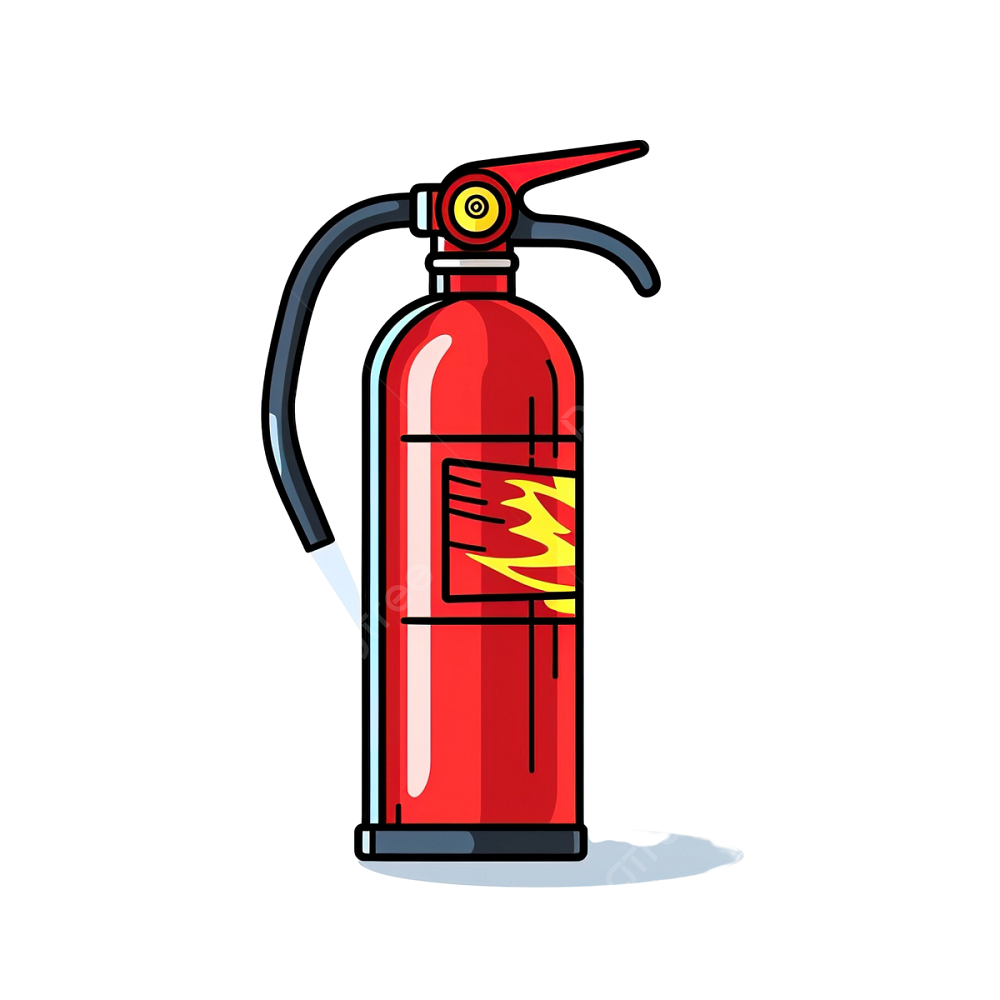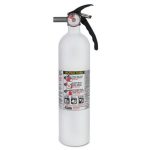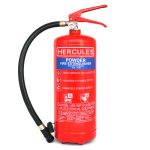When it comes to fire safety, having an effective plan can make all the difference during an emergency. One crucial aspect of any safety plan is the proper placement and identification of fire extinguishers within a facility. A clear and detailed drawing of fire extinguishers enhances visibility and ensures that everyone knows their locations and types. This guide provides practical steps and considerations for creating effective fire extinguisher drawings for safety plans.
Understanding the Importance of Fire Extinguishers
The Role of Fire Extinguishers
Fire extinguishers serve as a first line of defense against small fires. They can quickly suppress flames, buying crucial time for evacuation and reducing property damage. Understanding their importance can motivate businesses and homeowners to incorporate them effectively in their safety plans. Knowing how to deploy an extinguisher correctly can be life-saving, particularly in those vital seconds before emergency services arrive.
Legal and Safety Requirements
Many building codes and safety regulations require the presence of fire extinguishers in various types of buildings. These requirements may differ based on the building’s size, purpose, and occupancy load. Familiarizing yourself with local fire codes ensures compliance while prioritizing safety. Institutions like schools, hospitals, and commercial buildings often have stricter regulations regarding the number and placement of extinguishers, making it essential to stay informed.
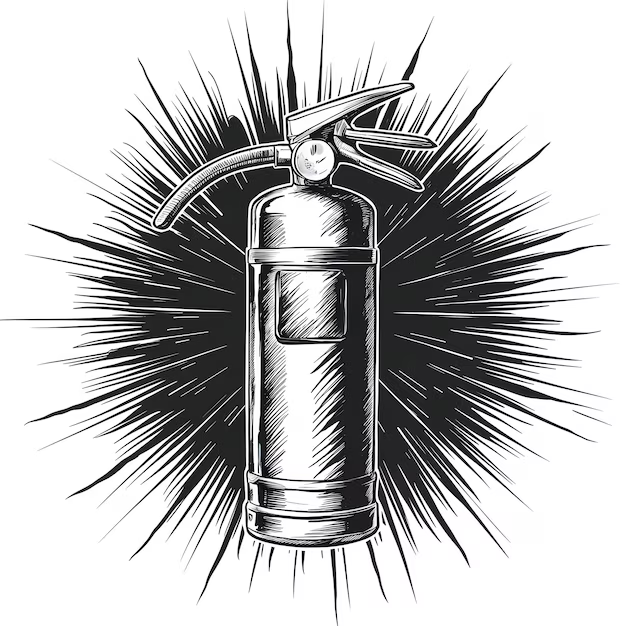
Identifying Fire Extinguisher Types
Understanding Different Classes
Fire extinguishers come in various classes, each suited for specific types of fires. Class A extinguishers are for ordinary combustibles like wood and paper, while Class B extinguishers target flammable liquids such as gasoline and oil. Class C extinguishers are used for electrical fires, while Class D extinguishers handle combustible metals. Knowing the right type is crucial for effective fire response, making it necessary to indicate this information on your safety drawing clearly.
Choosing the Right Extinguishers
When developing your safety plan, consider the nature of the hazards present in your facility. For example, a restaurant kitchen may require Class K extinguishers specifically designed for cooking oils. Conversely, a mechanical shop may need more Class B extinguishers due to flammable liquids present. Placing the appropriate type in the right locations ensures that everyone knows which extinguisher to use in an emergency.
Planning the Drawing Layout
Determining Key Areas to Include
Start by identifying the areas to include in your fire extinguisher drawing. Commonly, these areas might include entrances, hallways, kitchen spaces, and storage rooms where hazards are likely to exist. Creating a comprehensive overview allows individuals to navigate safely during an emergency. Additionally, including nearby exits and fire alarms in the drawing enhances overall safety awareness.
Choosing a Scale and Format
Decide on a scale and format that suits your needs. Whether you opt for a digital format or hand-drawn sketches, clarity and legibility take precedence. For larger buildings, a scale that allows for easy identification of extinguishers without overcrowding the drawing is vital. Utilizing color codes can also be beneficial; for example, you could use red outlines for fire extinguishers to make them stand out against other elements.
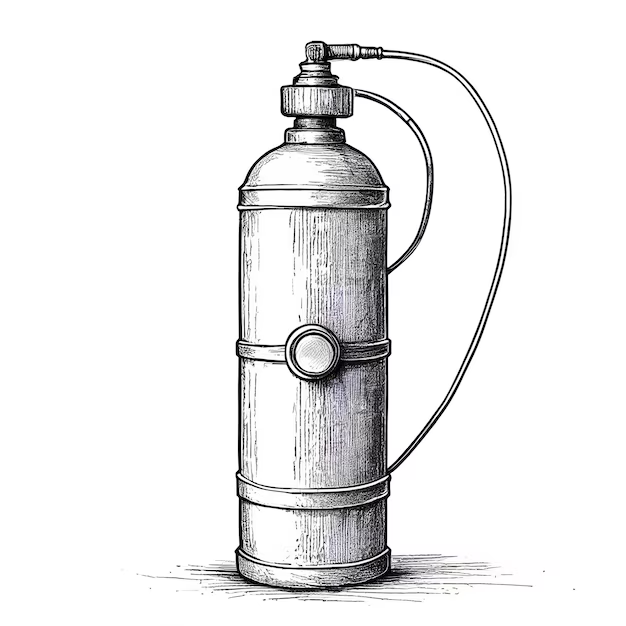
Marking Fire Extinguisher Locations
Clear Placement Indicators
Mark the exact locations of fire extinguishers on your drawing with clear indicators. You can use symbols like circles or squares filled in with red to represent extinguishers. Each symbol should have a label identifying the type of extinguisher and its classification. This labeling ensures that everyone understands the specific hazards each extinguisher is designed to combat.
Using Arrows for Direction
Including arrows that point toward the nearest extinguishers enhances the drawing’s usability. This feature allows individuals to quickly identify the paths they should take in case of a fire. Strategically placing arrows at various entry points or alongside evacuation routes provides invaluable guidance during a situation filled with chaos and urgency.
Training and Familiarization
Conducting Regular Training Sessions
Creating a fire extinguisher drawing is only part of the safety plan. Regular training sessions are essential to ensure everyone understands how to use the extinguishers effectively. These sessions should include hands-on demonstrations of the PASS technique (Pull, Aim, Squeeze, Sweep) and reviewing the drawing itself to solidify knowledge of extinguisher locations. Participating in regular drills also helps individuals feel more confident when an actual emergency occurs.
Incorporating Technology
Consider using mobile apps or training tools that incorporate the fire extinguisher drawing and safety protocols. These platforms can provide engaging training experiences while keeping the information accessible. Visualizations that mimic real-life scenarios can increase retention and awareness. When workers understand the layout and protocols, they are better prepared to respond efficiently in emergencies.
Maintenance and Updates
Regular Inspections
Fire extinguishers require regular inspections to ensure functionality. Establish a maintenance schedule that includes checks for pressure levels, signs of damage, and expiration dates. Indicate the dates of inspections on your drawing for quick reference. This proactive approach emphasizes accountability in maintaining safety equipment and enhances overall fire preparedness.
Updating the Safety Drawing
As modifications occur within the facility, such as new equipment or changes in layout, updating your fire extinguisher drawing is essential. Incorporate a feedback mechanism that allows employees to report any changes or observations regarding extinguisher locations. Keeping the drawing current ensures accountability and accuracy, which ultimately helps in emergencies.
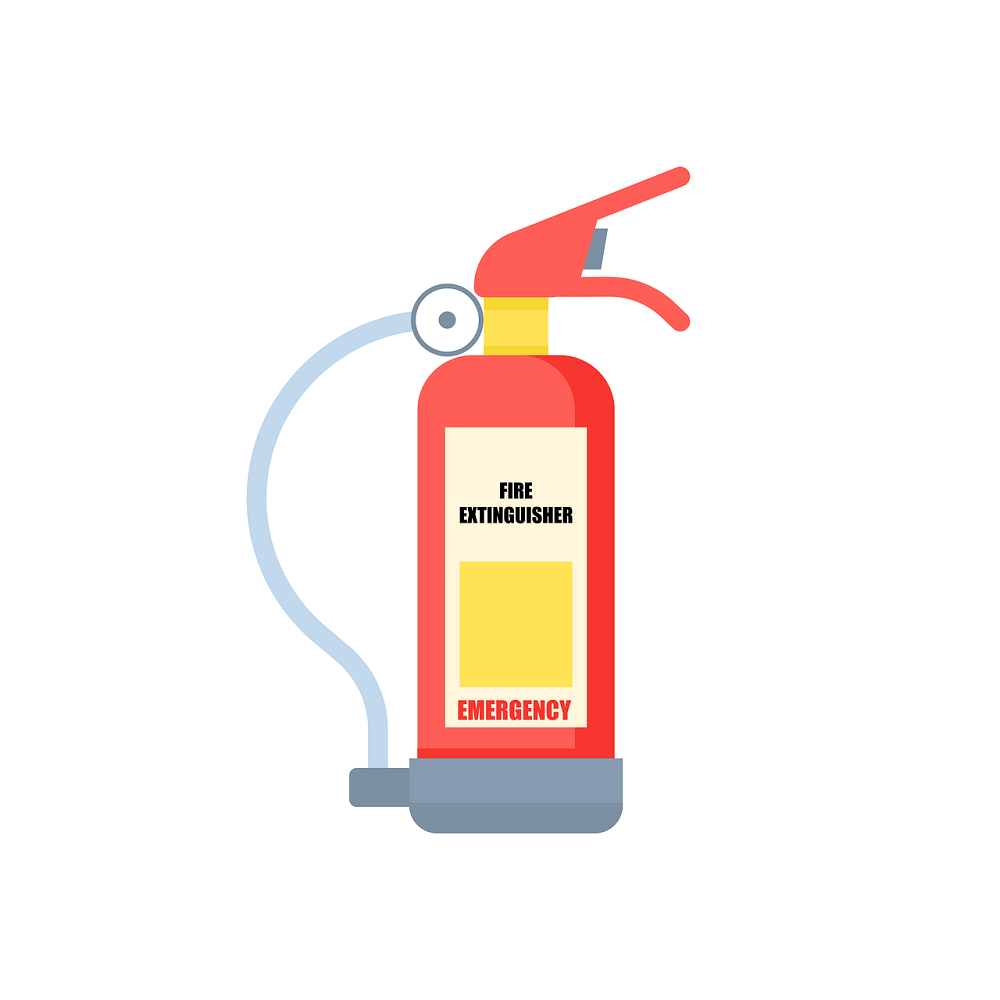
Regulatory Compliance and Documentation
Documenting Your Safety Plan
Having a well-documented safety plan is essential for regulatory compliance. Store the fire extinguisher drawing alongside other safety documents, such as evacuation plans and emergency contacts. Having all relevant information in one accessible location makes it easier for staff to familiarize themselves with safety protocols. Regular reviews of this documentation will also help ensure compliance with local regulations and standards.
Working with Local Authorities
For comprehensive safety planning, consider consulting with local fire marshals or safety officials. They can provide valuable insights and validate your fire safety plans. By involving authorities, you ensure that your safety measures align with legal requirements and best practices. Collaborating with local agencies showcases a commitment to safety and accountability while building a stronger relationship with the community.
ating a culture of safety within any organization starts with open communication. Employees should feel comfortable discussing safety concerns or suggesting improvements to the fire safety plan. Regularly scheduled safety meetings can provide a platform for discussing issues, sharing updates, and addressing any questions individuals may have about the fire extinguisher drawing or safety protocols. An open dialogue encourages teamwork and reinforces that fire safety is a collective responsibility. By fostering an environment where everyone is encouraged to share their ideas and observations, organizations can identify potential hazards and implement preventive measures swiftly.
Recognizing and Rewarding Safety Practices
Another effective way to promote a culture of safety is to recognize and reward individuals or teams who exemplify excellent safety practices. Acknowledging employees who report hazards, participate in training sessions, or contribute to safety improvements can motivate others to follow suit. Implementing a reward system can lead to heightened awareness and proactive attitudes toward fire safety among staff members. By prioritizing recognition and accountability, organizations not only enhance compliance but also establish a sense of pride in maintaining a safe environment, ultimately leading to a more resilient workplace.
Conclusion
Creating an accurate and detailed drawing of fire extinguisher locations is a vital component of any safety plan. By understanding the types of extinguishers, marking their locations clearly, and conducting regular training, you enhance the preparedness of everyone in your building. As technology advances and regulations evolve, staying informed will help you maintain an effective fire safety framework.
Ultimately, a proactive approach to fire safety not only protects lives and property but also fosters a culture of awareness and preparedness within your organization. Investing time and effort into developing a clear fire extinguisher drawing ensures that individuals know where to find the tools they need in an emergency. By placing safety at the forefront and promoting ongoing education and updates, you empower your community to act swiftly and confidently when faced with fire-related threats.
